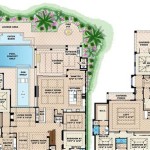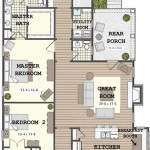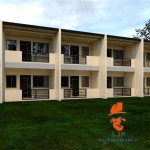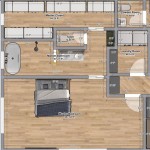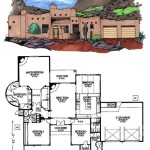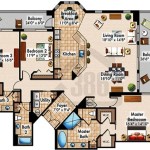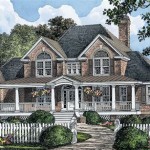Mid-Century Home Design Plans
Mid-century modern design emerged in the United States after World War II and flourished from the 1940s to the 1960s. The style reflected the optimism and futurism of the era, emphasizing clean lines, open floor plans, and indoor-outdoor living. Mid-century home design plans embody these principles, creating functional and aesthetically pleasing living spaces.
Characteristics of Mid-Century Home Design Plans
1. Open Floor Plans: Mid-century homes often feature open floor plans that connect living, dining, and kitchen areas. This layout allows for a seamless flow of movement and encourages interaction among family members. The use of sliding doors and large windows further enhances the feeling of openness and connection with the outdoors.
2. Clean Lines and Geometric Shapes: Clean lines and geometric shapes predominate in mid-century architecture. Rectangular and square forms are combined to create a visually striking and uncluttered aesthetic. The absence of unnecessary ornamentation emphasizes simplicity and functionality.
3. Indoor-Outdoor Living: Mid-century homes often incorporate indoor-outdoor living spaces, creating a strong connection between the home and its surroundings. Large windows and sliding doors bring the outdoors in, while patios and decks extend the living area beyond the interior walls.
4. Natural Materials: Mid-century design emphasizes the use of natural materials such as wood, brick, and stone. These materials lend warmth and authenticity to the home. Wood paneling, exposed beams, and stone fireplaces are common features found in mid-century home designs.
5. Functionality and Efficiency: Mid-century modern design prioritizes functionality and efficiency. Every element of the design serves a purpose, and spaces are carefully planned to optimize use. Built-in storage, multi-purpose furniture, and compact layouts maximize space.
Benefits of Mid-Century Home Design Plans
1. Timeless Aesthetic: The mid-century modern aesthetic has stood the test of time, remaining popular and relevant today. Its clean lines and geometric shapes create a timeless look that transcends trends.
2. Functionality and Flexibility: Mid-century home design plans emphasize functionality and flexibility. Open floor plans and multi-purpose spaces allow for adaptability to changing needs and lifestyles.
3. Indoor-Outdoor Connection: The strong connection between indoor and outdoor spaces in mid-century home designs enhances the quality of living. Residents can enjoy the outdoors from the comfort of their home or extend their living areas into nature.
4. Energy Efficiency: Mid-century homes often feature passive solar design principles, which reduce energy consumption. Large windows and overhangs optimize natural lighting and ventilation, reducing the need for artificial lighting and air conditioning.
Conclusion
Mid-century home design plans offer a unique blend of style, functionality, and energy efficiency. Their open floor plans, clean lines, natural materials, and indoor-outdoor connection create a timeless and inviting living environment. Whether you are renovating an existing home or building a new one, consider incorporating the principles of mid-century modern architecture to create a functional, beautiful, and energy-conscious space.

Designing A Mid Century Modern Home Part Ii Wildfire Interiors

Build A House With These Mid Century Modern Floor Plans Blog Eplans Com

Build A House With These Mid Century Modern Floor Plans Blog Eplans Com

Mid Century Modern House Plans Created By The Architects

Mid Century Modern House Plans Houseplans Blog Com

Build A House With These Mid Century Modern Floor Plans Blog Eplans Com

Build A House With These Mid Century Modern Floor Plans Blog Eplans Com

205 Home Plans Multi Level Designs Richard Pollman Mid Century Modern House Design

Custom Florida House Plans Mid Century

Mid Century Modern House Plans Houseplans Blog Com

